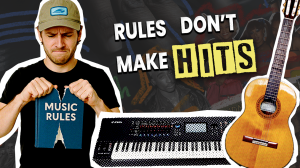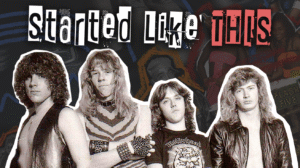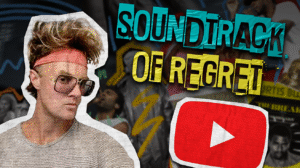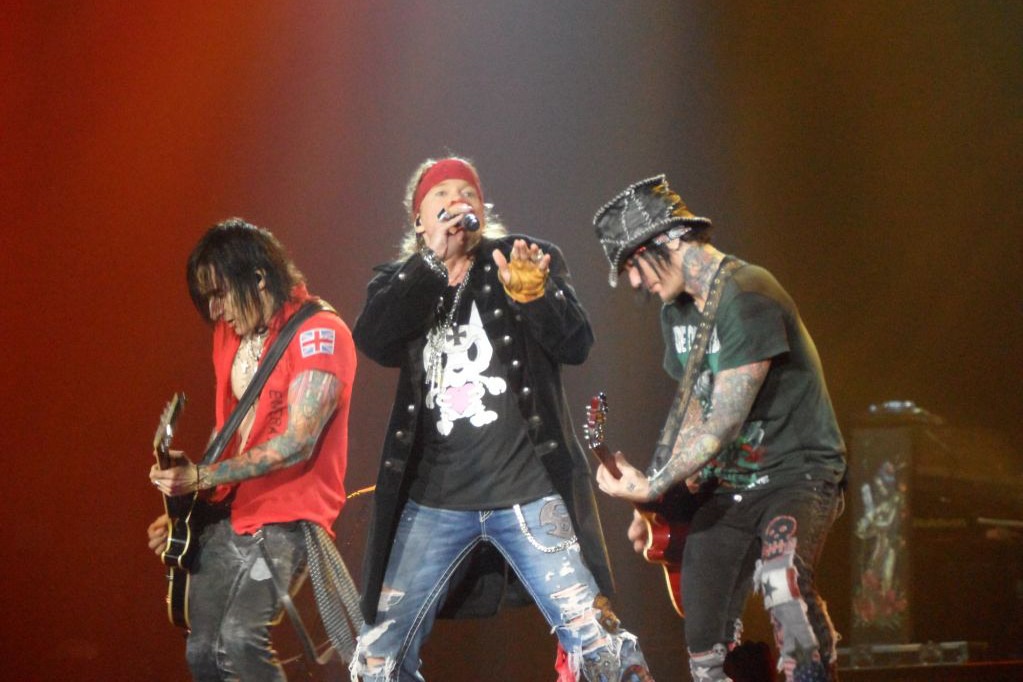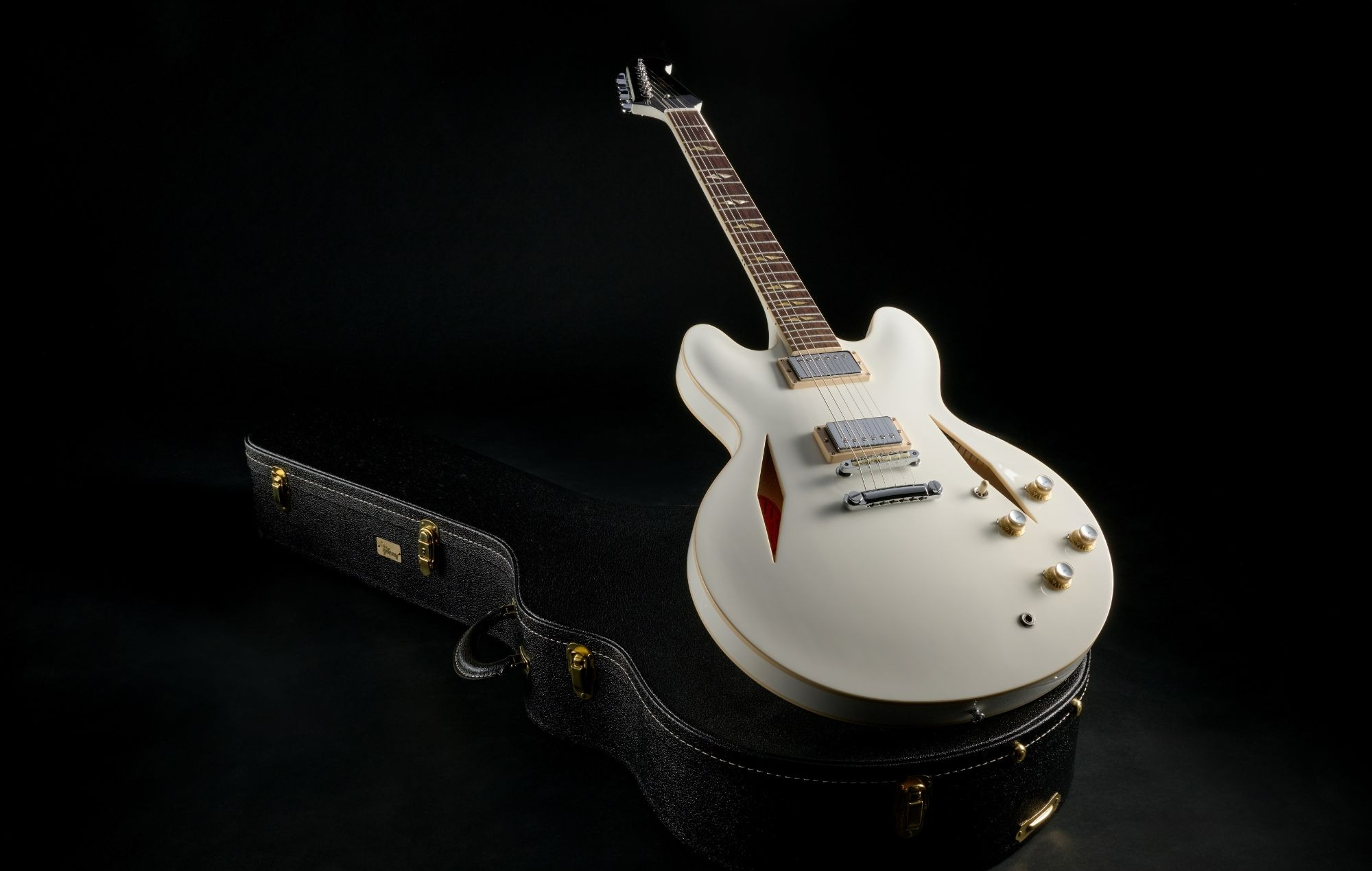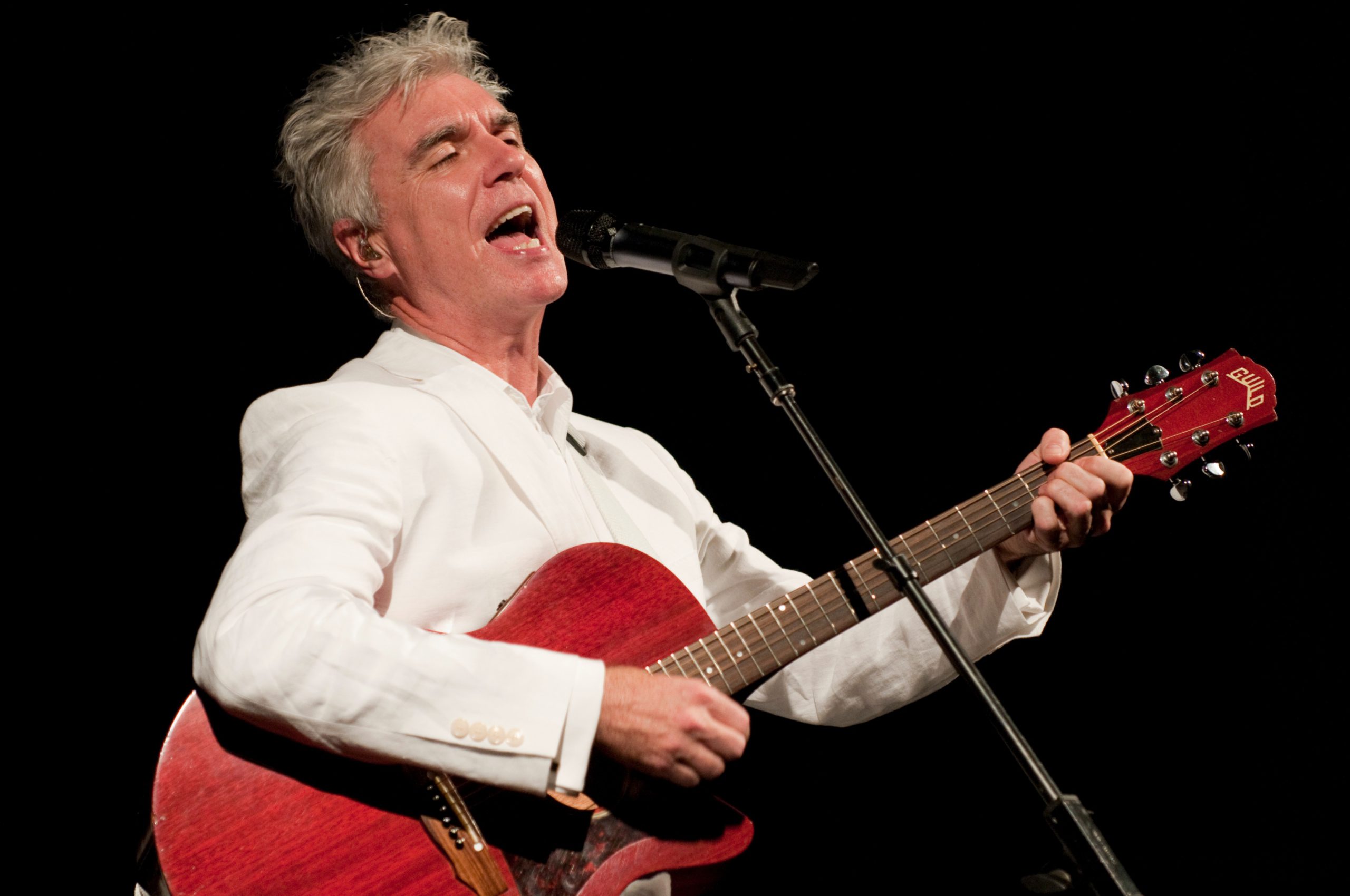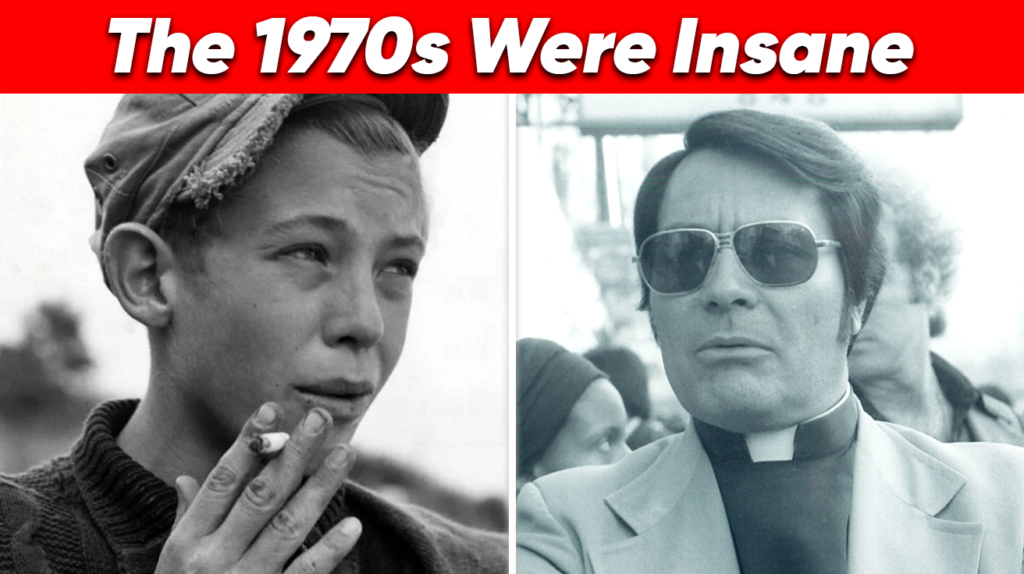
The 1970s killed American childhood freedom. In this single decade, soaring crime rates, high-profile child abductions, and media sensationalism transformed carefree kids into carefully guarded treasures. Gone were the days of dawn-to-dusk outdoor play and miles-long solo adventures. A new era of paranoid parenting emerged as milk cartons displayed missing children’s faces and serial killer headlines dominated the news. The shift happened so gradually that few noticed childhood independence slipping away.
Discover how one decade’s dangers forever changed the way we protect our youth.
15. Smoking Lounges in High Schools Were a Real Thing
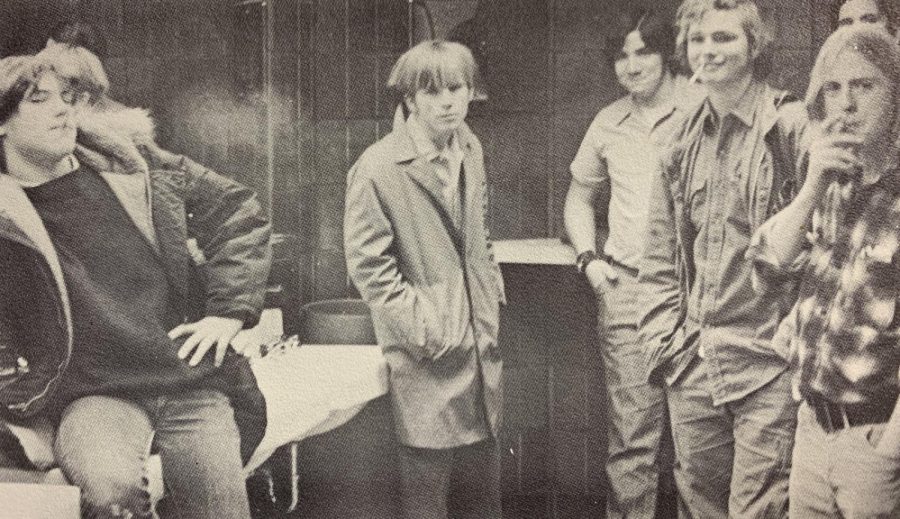
Between classes, American high schools buzzed with activity in designated smoking areas, marking a distinct difference from today’s zero-tolerance policies. Administrators openly permitted these spaces, which occupied an average of 400 square feet in most schools. Student smokers simply needed loose change and a quick stop at local convenience stores, where 78% of retailers sold cigarettes without age verification. Inside these lounges, faculty and students alike gathered in clouds of smoke, creating an unprecedented intersection of education and tobacco culture that lasted until the early 1980s.
14. Drinking Under 21 Was Totally Normal

State-by-state variation in drinking ages created unique social dynamics across America. Border towns near states with lower age limits saw 32% higher accident rates among young drivers. Local establishments developed unofficial policies for handling underage customers, while 47% of high schools reported alcohol-related incidents at school functions. License checks remained sporadic until standardized federal regulations emerged in 1984.
13. Crime Rates Were Skyrocketing
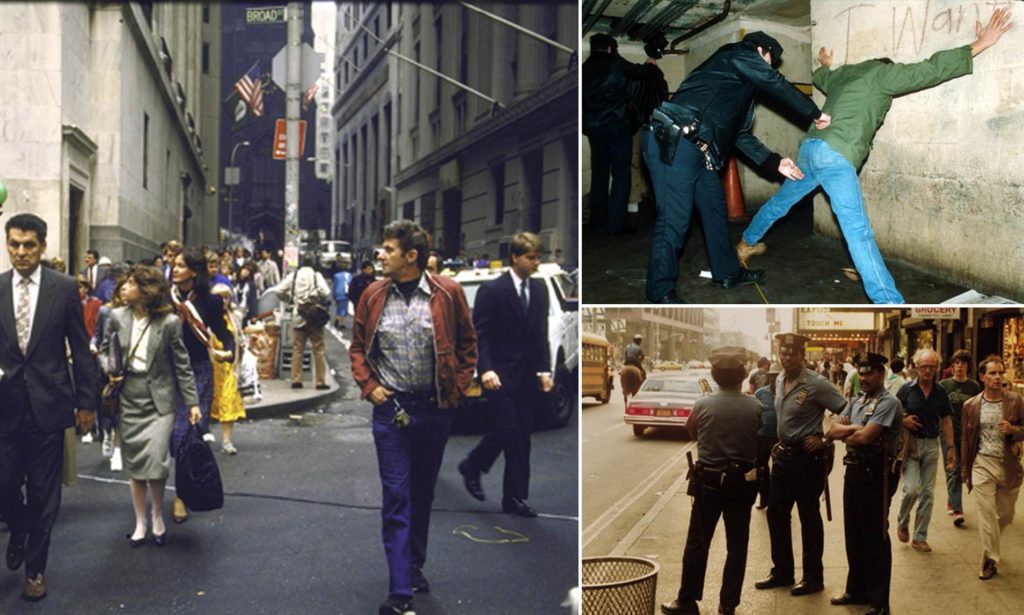
Crime statistics tell a sobering story of 1970s American life. Major cities experienced unprecedented violence as murder rates climbed 68% between 1970 and 1975. Economic downturns pushed established residents toward suburban havens, fundamentally altering urban landscapes. Policy changes aimed at drug control created ripple effects throughout communities, particularly in densely populated areas where arrest rates doubled between 1970 and 1979.
12. America’s Love Affair with Guns
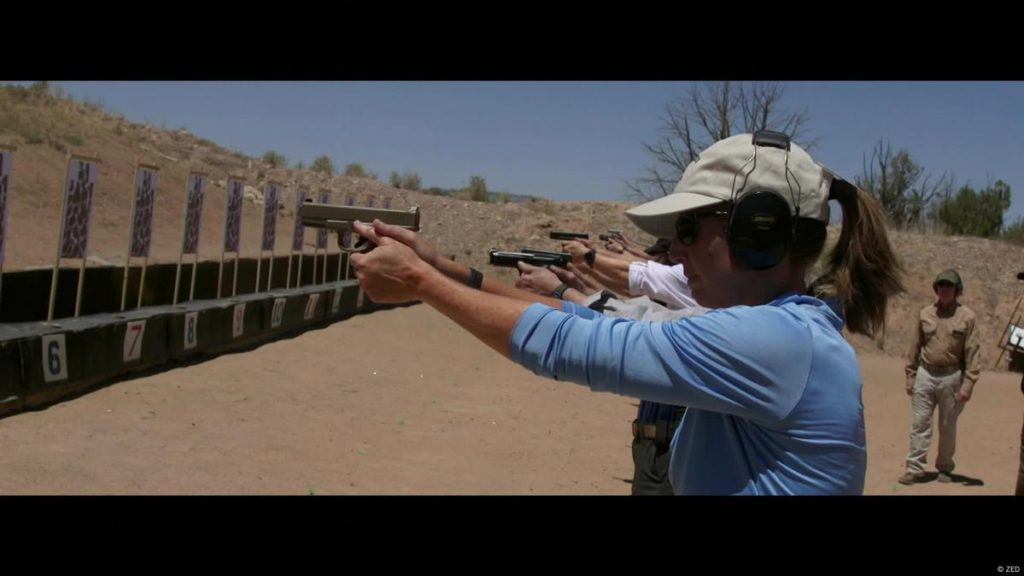
Suburban expansion altered traditional approaches to firearm ownership and safety. Hardware stores reported $1.2 billion in firearm-related sales as demographics shifted. Safety education programs reached 3.5 million youth through school and community initiatives. Hunting licenses among teenagers showed regional variations, with rural areas maintaining 85% higher participation rates.
11. The Fear of Child Abductions Was Everywhere
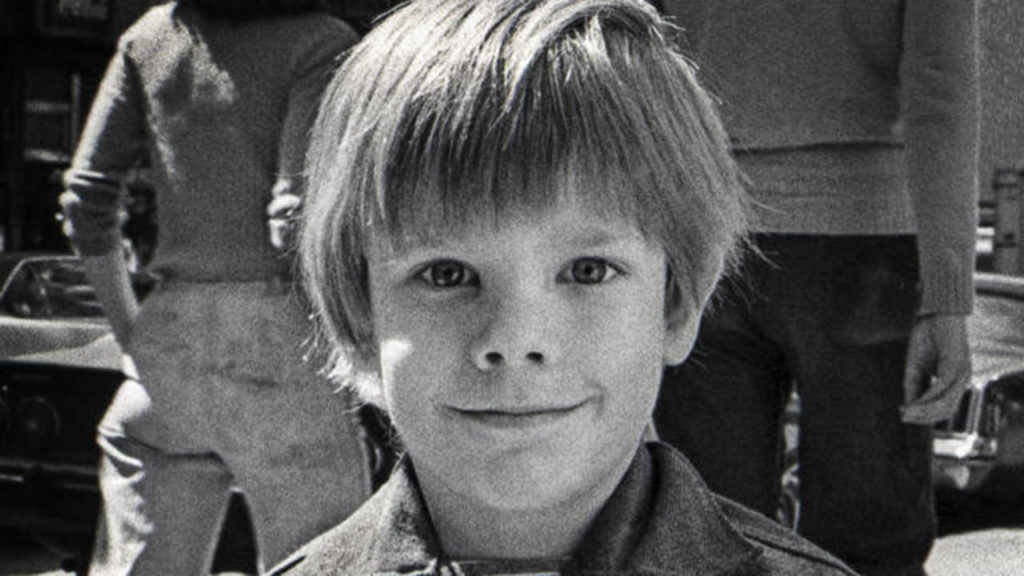
High-profile abduction cases fundamentally altered American parenting and community dynamics. Between 1976 and 1979, media coverage of missing children increased by 450%, transforming daily routines and neighborhood dynamics. The disappearance of Etan Patz in Manhattan sparked nationwide fingerprinting programs that processed over 1.2 million children. Fear gripped communities after FBI statistics revealed 50,000 stranger abduction attempts annually, though only a small percentage resulted in actual kidnappings. Police departments instituted new protocols as 67% of elementary schools implemented strict check-out procedures.
10. Milk Carton Kids Became a Grim Symbol
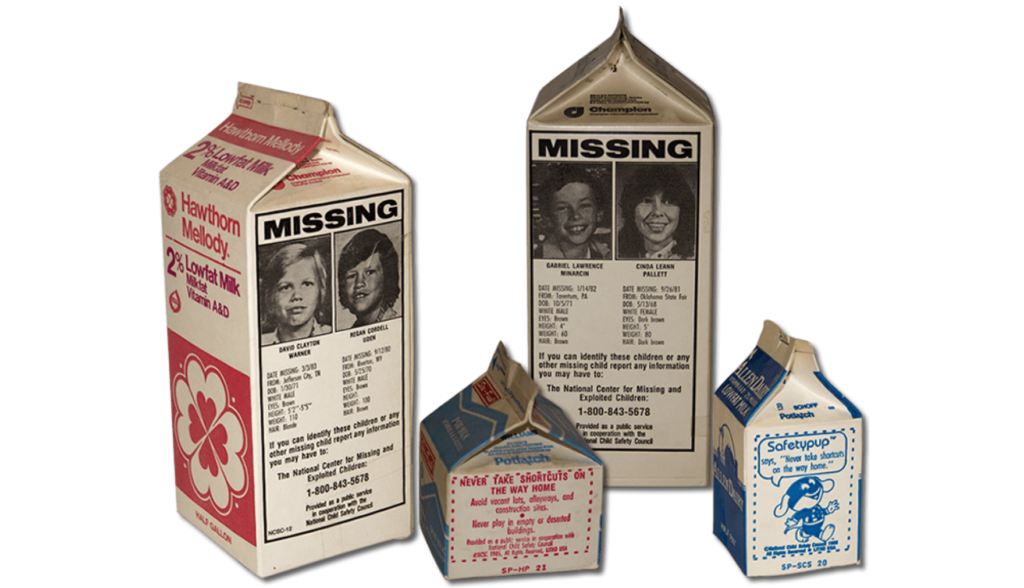
A wave of high-profile disappearances transformed American parenting practices forever. Law enforcement agencies recorded 150,000 missing children cases annually by 1976. Milk cartons emerged as unlikely billboards for these searches, with 70% of American dairies participating in the program. Communities implemented new safety protocols, fundamentally altering how children navigated public spaces.
9. Smoking, Drinking, and Drugs Were Easier for Kids to Access

Shifting attitudes toward recreational substances reflected broader social changes. School surveys revealed 37% of high school seniors had experimented with marijuana. Cigarette companies targeted youth markets through $250 million in annual advertising campaigns. Prevention programs struggled to address new challenges as substance availability increased across socioeconomic boundaries.
8. Serial Killers Were the Monsters Under the Bed
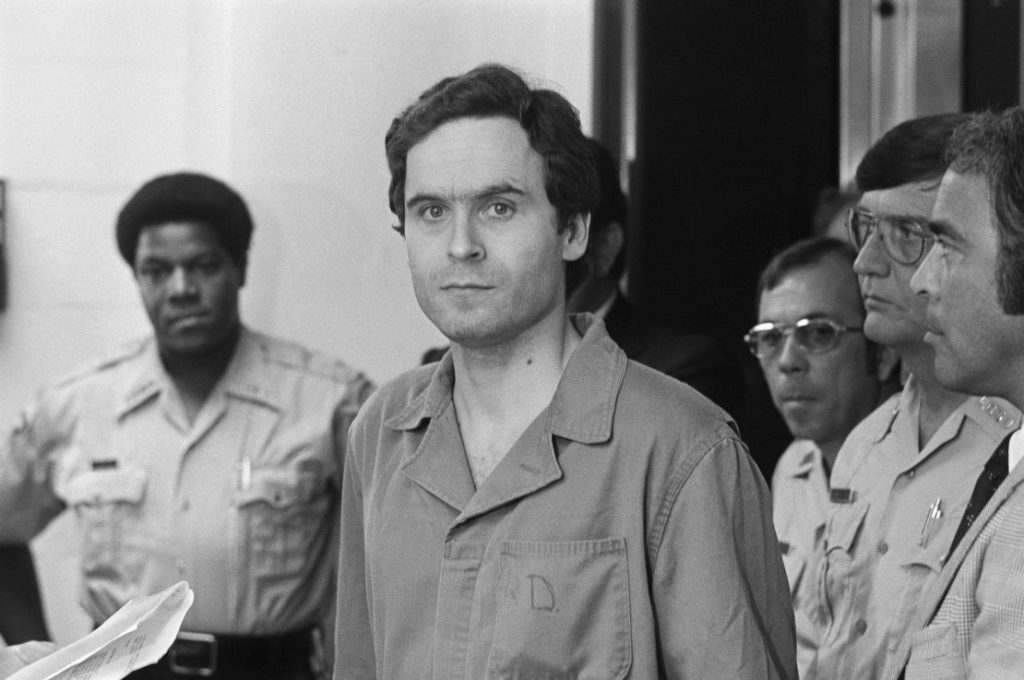
News coverage of serial murders fundamentally altered public consciousness about personal safety. Between 1970 and 1979, 450 known victims fell prey to serial killers operating across multiple states. Law enforcement agencies documented 35 active serial killers during this period, though modern analysis suggests higher numbers. FBI profiling techniques emerged as investigators noticed patterns across seemingly unrelated cases, leading to the establishment of the Behavioral Science Unit in 1974. Media attention surrounding Ted Bundy, John Wayne Gacy, and David Berkowitz transformed how Americans viewed stranger danger, while television coverage exposed unprecedented details about serial criminals to mainstream audiences.
7. The Dark Side of Youth Independence
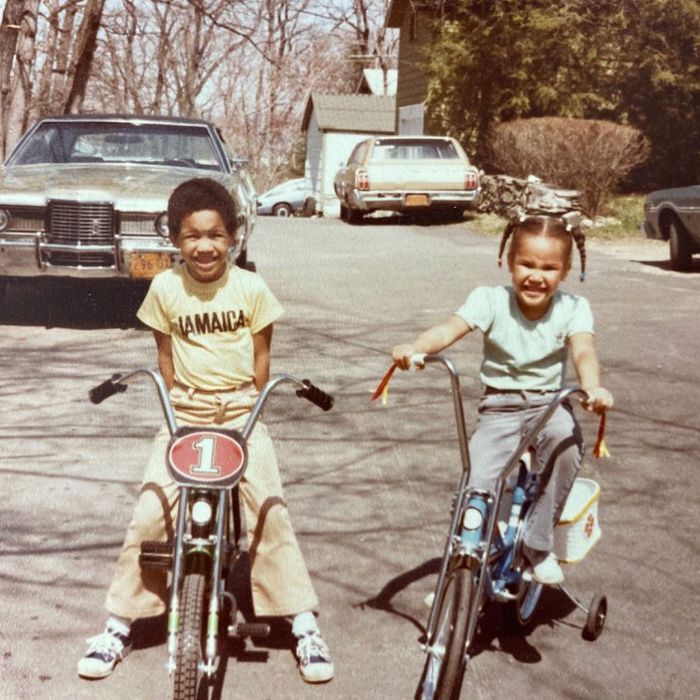
Looking back at childhood independence reveals stark contrasts between then and now. During the 1970s, 92% of children regularly ventured beyond parental supervision. Morning commutes often meant solo bike rides or walks spanning several miles, while summer days stretched endlessly without adult oversight. Through neighborhoods and city streets, young people navigated real-world experiences that shaped their development in ways modern helicopter parenting rarely permits.
6. Boy Scouts Scandals Were Swept Under the Rug
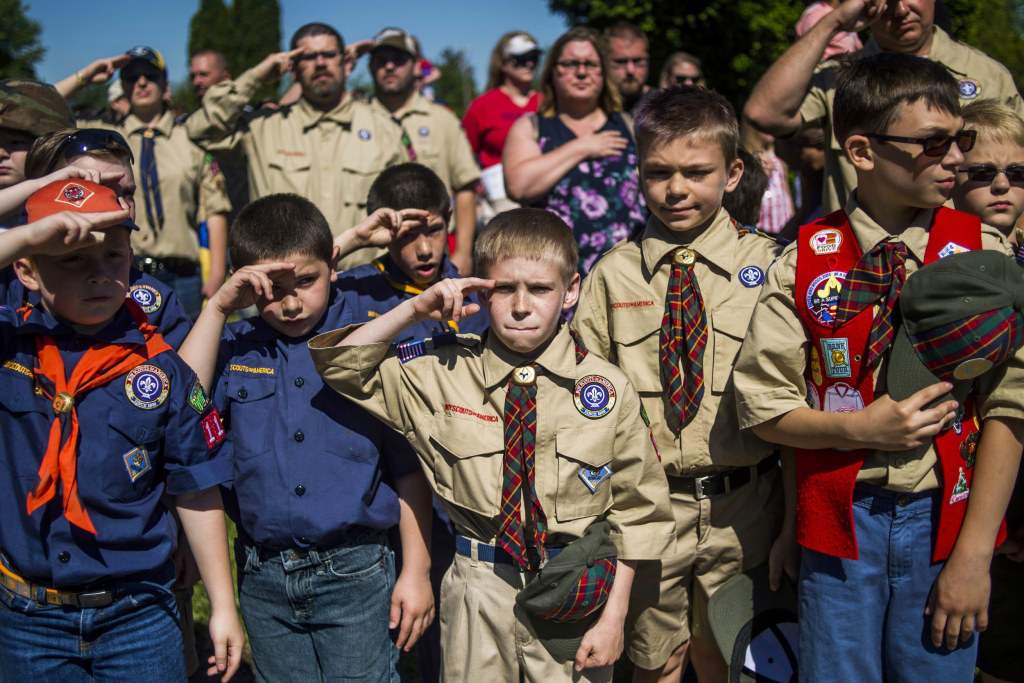
Traditional youth programs adapted to changing social dynamics and expectations. Scouting organizations maintained 4.3 million active members despite cultural shifts. Leadership training evolved beyond traditional models, incorporating new skills relevant to modern life. Competition from emerging activities and changing family structures pushed 28% of traditional youth groups toward modernization.
5. Cults Were Everywhere
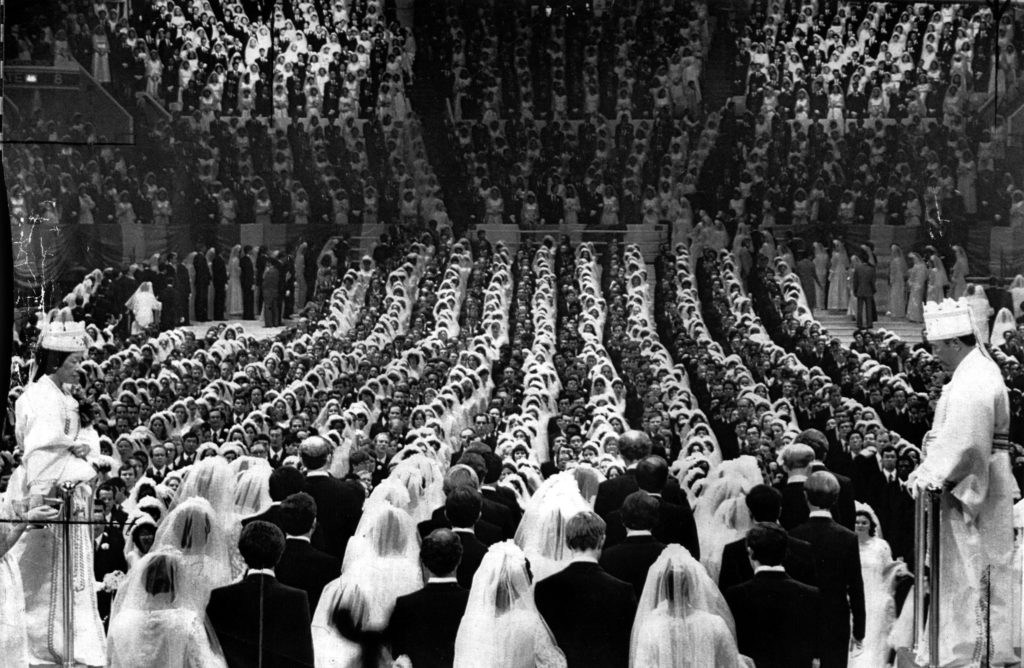
Cults like the Unification Church and the Children of God gained traction, targeting vulnerable youth. Parents worried about “brainwashing” and hired de-programmers to rescue their children from religious groups. Membership in alternative spiritual groups increased by 300% between 1971 and 1977. Campus recruitment drives targeted college students, while 2,000 new spiritual organizations registered with federal authorities. Traditional religious institutions struggled to maintain youth engagement as alternative spirituality gained mainstream acceptance.
4. Iconic Movies and TV Shows Defined the Youth Culture
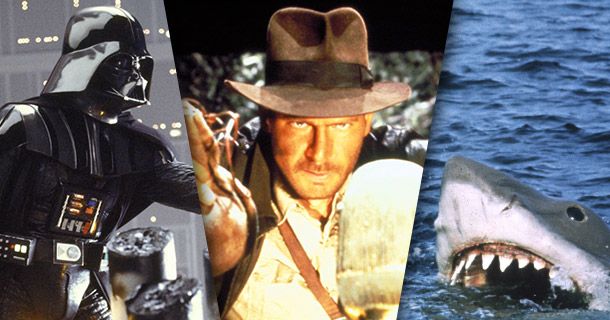
Star Wars revolutionized youth culture, spawning $100 million in merchandise sales within its first year. Across living rooms, television sets glowed with groundbreaking children’s programming, while arcades emerged as social hubs for a new digital generation. Between cartoons and movies, young Americans consumed 25 hours of weekly screen time, creating shared experiences that transcended geographic boundaries. Against this backdrop, Sesame Street quietly transformed educational television, reaching 12 million daily viewers by the decade’s end.
3. Toys and Games That Ruled the Decade
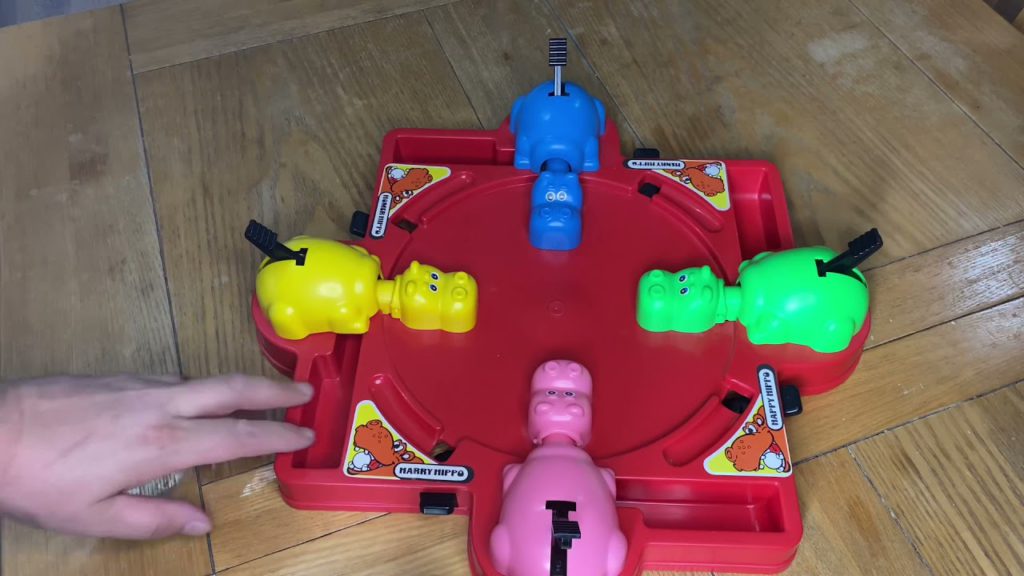
Innovation in toy manufacturing created entirely new categories of entertainment. Electronic gaming made its first home appearance, with Atari’s Pong generating $40 million in sales during its peak. Traditional board games evolved with modern materials and mechanisms, while 150 new toy patents emerged annually. Simple concepts like Pet Rocks demonstrated how cultural phenomena could transform ordinary objects into must-have items.
2. Fashion Trends and Mood Rings Took Over

Clothing choices reflected broader social changes sweeping through American culture. Denim consumption reached 500 million yards annually, democratizing fashion across social classes. Mood rings captured public imagination, while platform shoes elevated 72% of teenage wardrobes. Department stores dedicated entire sections to youth fashion, recognizing $3.2 billion in annual teenage purchasing power.
1. Teen Freedom Behind the Wheel

Beyond mere transportation, automobiles defined youth social structures across America’s landscape. Gas prices hovering at 63 cents per gallon enabled endless cruising rituals in towns nationwide. Parking lots transformed into impromptu social clubs as 68% of high school seniors owned or had regular access to vehicles. Local drive-ins and restaurants adapted their business models to accommodate this mobile youth culture.




